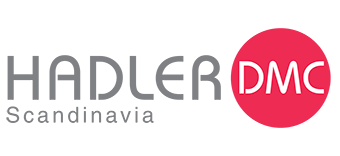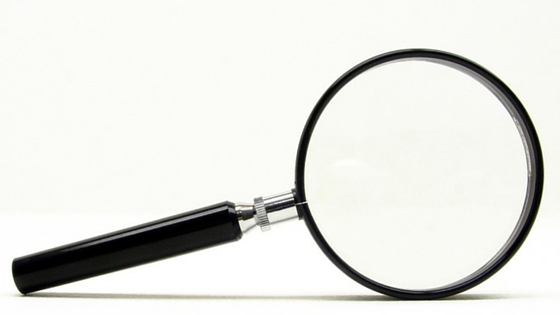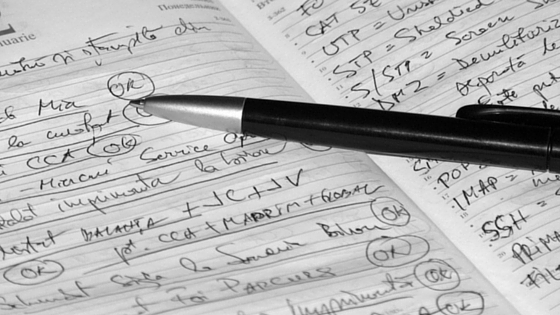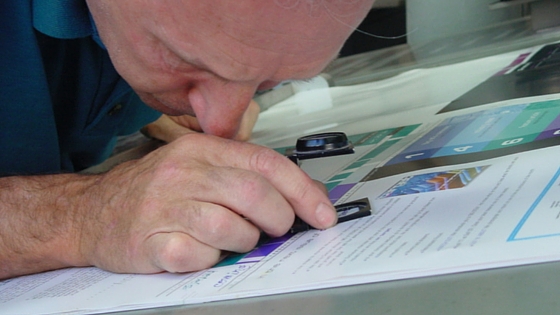Details – A Must Have to Become a Great Event Planner
Do you want to become an event planner? Then details will be the rise or fall of your career. Below we have gathered a few pointers on, how to become better at gathering and remembering details.
Details have a way of causing the biggest headaches. Thus, it is necessary as an event planner to know as much about the event program as possible and have everything you cannot remember within reach. If you do not possess a natural talent for details, then here are a few tips and educational advice to achieve the necessary quality as an event planner. Remember, not everything is changeable, but through dedication and work, the human mind is capable of amazing changes.
Related post: 7 qualities every great event planner should possess
Time, Structure and Organize
Our Senior Manager at Hadler DMC Scandinavia always says: “If it isn’t written down, it doesn’t exist!” Once it is written down, the information is easy to hand over to others or use yourself later. Remember, often multiple people will need certain details about the event, and will have to chase after you for the answer, instead of looking through the detailed event plan. Write even the too obvious or simple details down. Remembering 95% of all the details is simple, but the last few forgotten details can compromise the quality of the entire project. Carefully written notes of every detail will help the planning and execution go smoothly. By writing it down, an accessible and comprehensible checklist of all details is available if a colleague needs to take over the project. Checklists will save you from becoming stressed, from trying to remember every little detail in the heat of the moment.
To-do lists will help you to focus on the task at hand while being aware of future deadlines approaching. This makes it straightforward to structure the workday into simple tasks and tasks that require time for attention to detail. To have organized your work avoids the possibility of getting blindsided by deadlines, small details or appointments. For example, Trello, a web-based application, is a collaboration tool that organizes your projects into boards. In one glance, Trello tells you what’s being worked on, who’s working on what, and where something is in a process.
The Right Equipment
The time of carrying around paper binders are ancient history. Toss them into the recycle bin and invest in proper hardware and software. They can decrease the time it takes to do different tasks. Buy a device that can handle multi-device syncing applications. The advantage is that notes, schedules, and other important information are coordinated across multiple platforms, and making sure you’re not missing something or double booking yourself. Have you tried being handed over a project in binder form, and then had to read every single document, just to find the answer? By having everything digitized, the right piece of information can be found almost instantly, by utilizing the search engines on the software. Time, stress, and frustration can be avoided.
Several types of file-, time-, and other management systems are available, so find out what your needs are, and compare the different software up against each other. Often companies will offer free trials or freemium, which can come in handy before purchasing their product.
Read… Slow… And… Proofread…
More often than not, missed details or errors can be caught, before being sent for approval. Reading… Each… Word… By… Itself… Can… Help… You… Find… The… Errors… Reading the text out loud to yourself can be useful to find phrases that sound silly or plain wrong. If you are not a fan of reading out loud, a great tip is to get a text-to-speech program to read it to you.
Proofread your material at least a few times over. Did you miss the time where attendees should assemble in the hall for transfer? Did you write the name of the restaurant right? After having proof redden your work, ask a colleague to proofread it for spelling errors and grammar, but more importantly the content and essence of the document. Does it make sense? Is something implied that an outside reader won’t know?
Attention & Memory
Now, let us find a few methods that can train your memory and attention. The human brain is the most important part of the body to keep fit. Besides eating healthy, exercising, etc. alternatives exist which will keep your brain sharp and focused.
One to improve attention is by stimulating your brain through mental exercises. Solve a crossword, a Sudoku or a “what-is-wrong” puzzle. Brain stimulation has proven to increase people’s ability to memorize and solve problems faster, then those who do not exercise their brains. Here is a name-remembering game you can use.
Try using mnemonic techniques, which can help you memorize large amounts of details, like numbers, names, or items. These techniques are often used by memory champions (yes, they exist), to recall lots of different and obscure kinds of information. Here are two examples of mnemonic techniques that can aid in memorizing important information.
Links:






